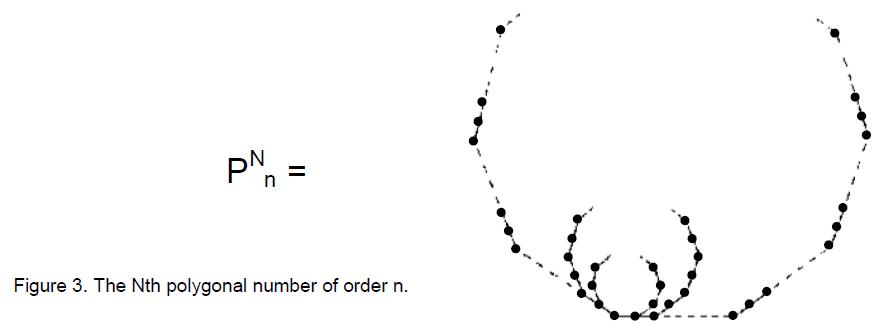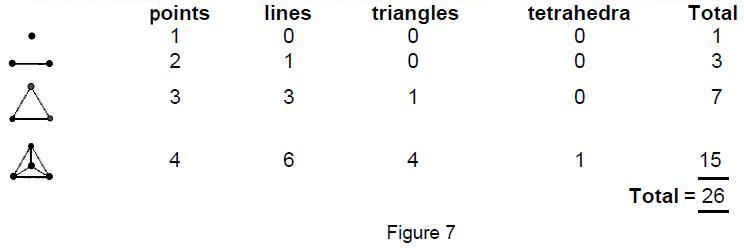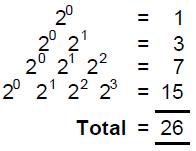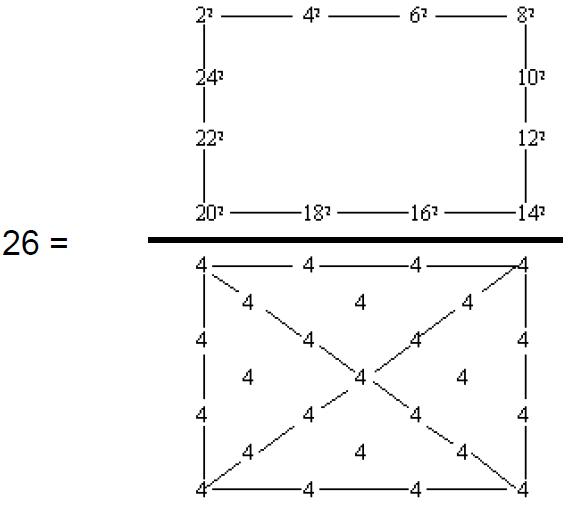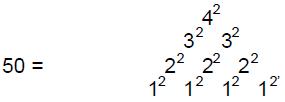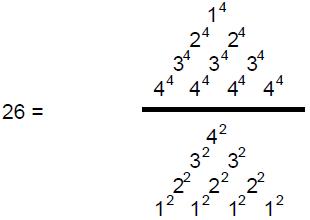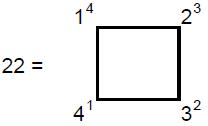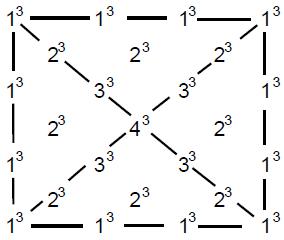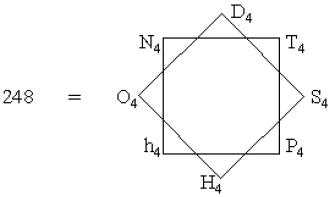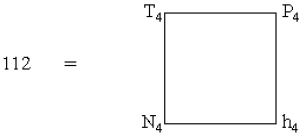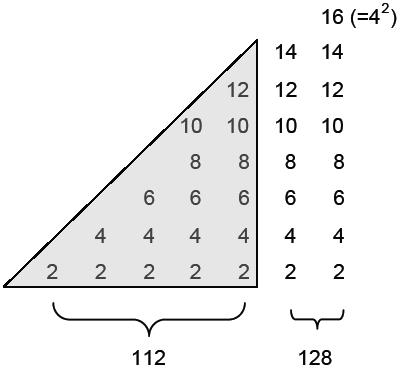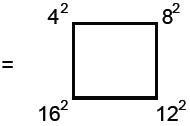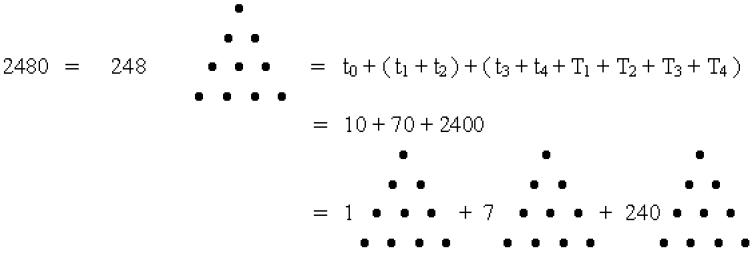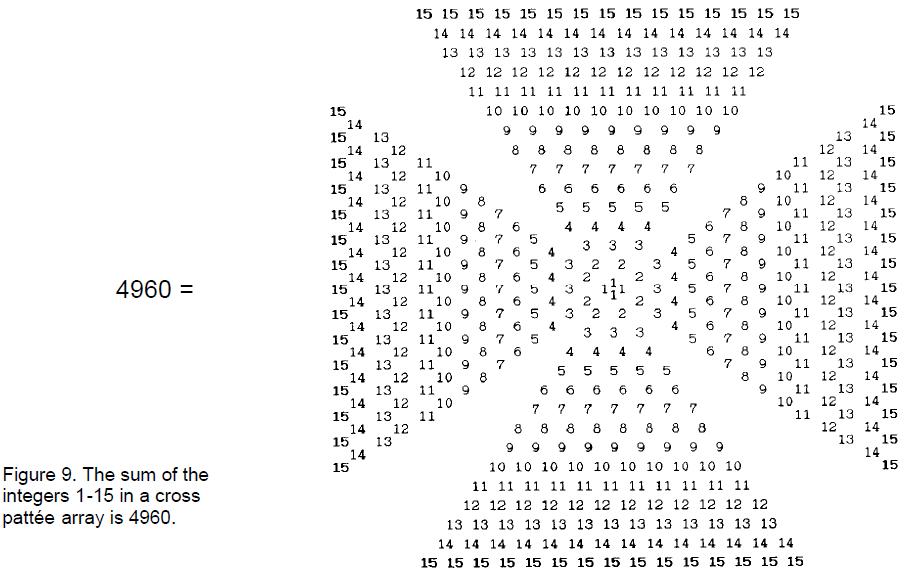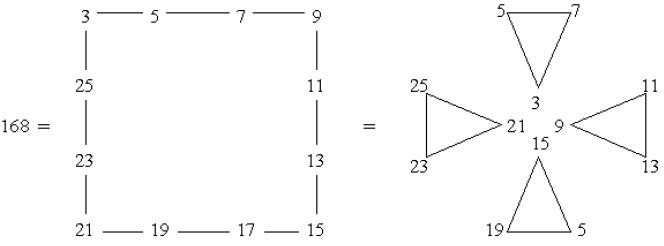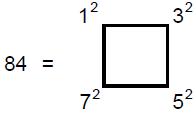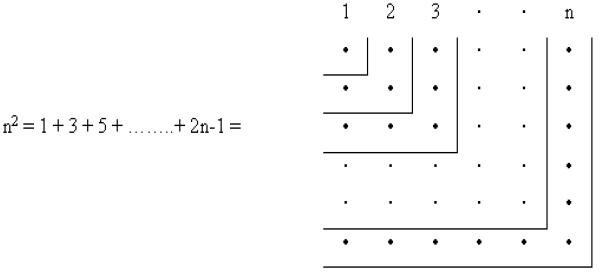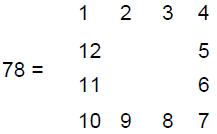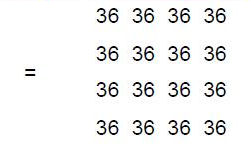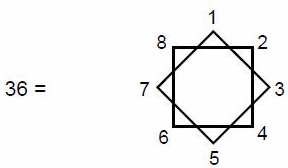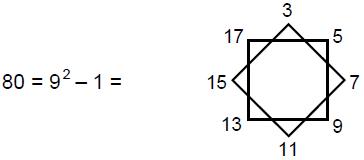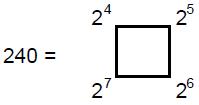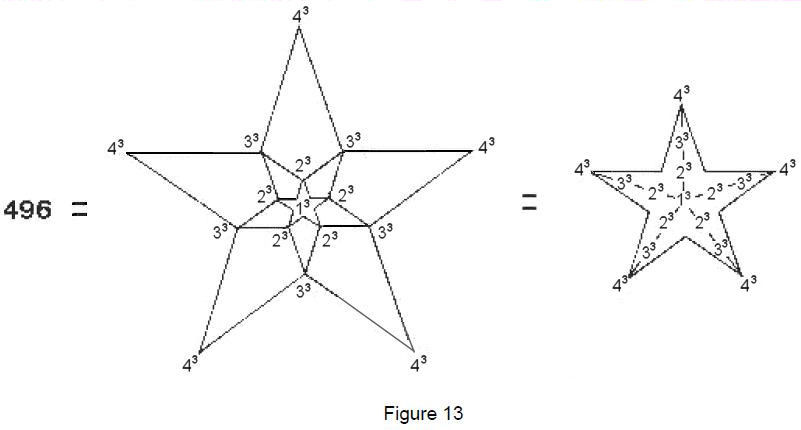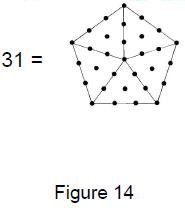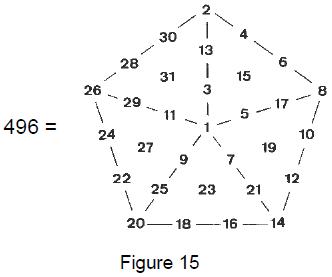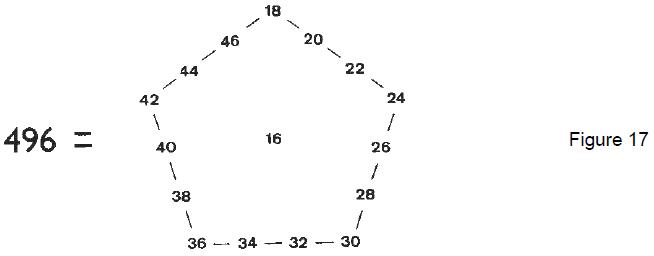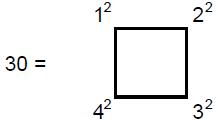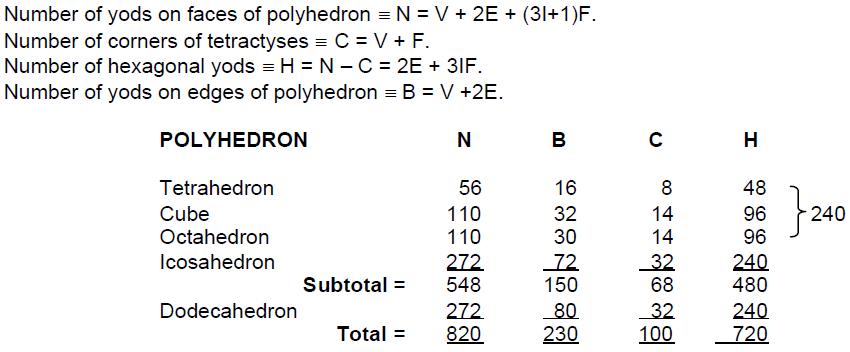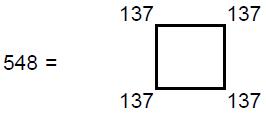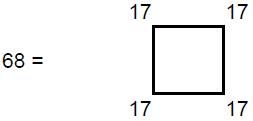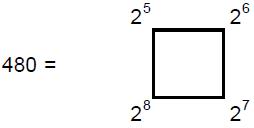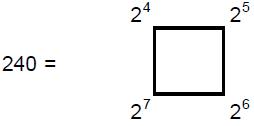gods. The number one (the Monad) represented the principle of unity — the undifferentiated source of all created things. The Pythagoreans did not even regard it as a number because for them it was the ultimate principle underlying all numbers. The number 2 (Dyad) represented duality — the beginning of multiplicity, but not yet the possibility of logos, the principle relating one thing to another. The number 3 (Triad) was called “harmony” because it created a relation or harmonia (“joining together”) between the polar extremes of the undifferentiated Monad and the unlimited differentiation of Dyad.
Pythagoras (Fig. 1) was the first to use geometrical diagrams as models of cosmic wholeness
and the celestial order. Numbers themselves were represented by geometrical shapes: triangles,
squares, pentagons, etc. For example, a ‘triangular number’ is any number that is equal to
the number of dots forming a triangular array and a ‘square number’ is one
that can be represented by a square array of dots (Fig. 2). The Greeks generalised
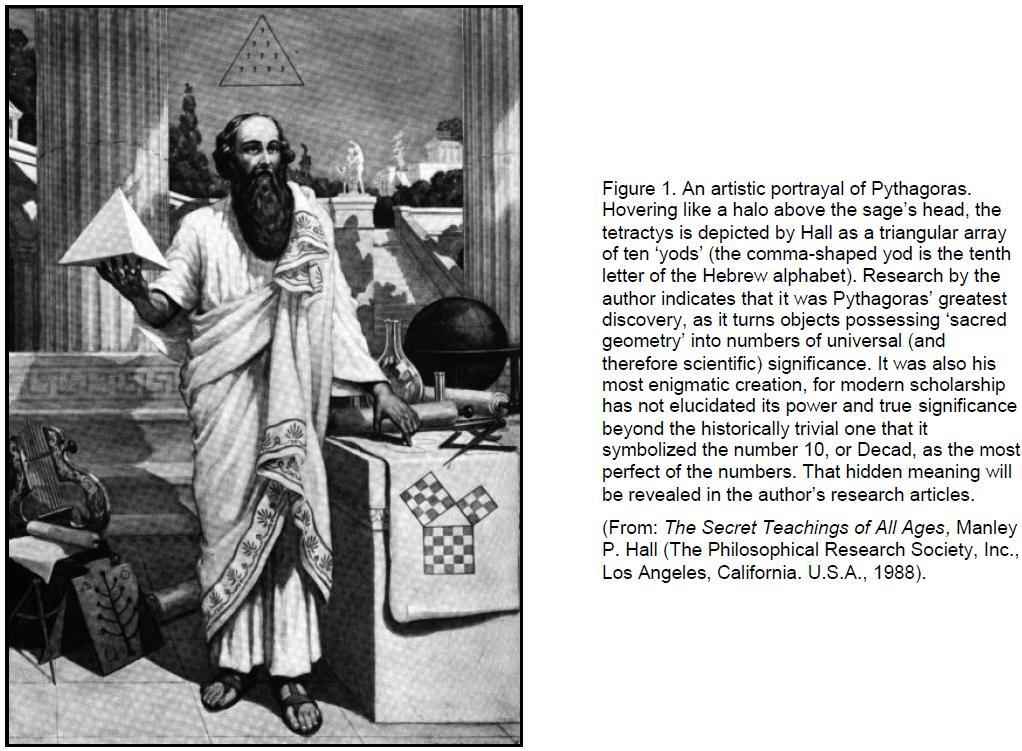
such ‘figurative numbers’ by considering nests of n regular polygons nested inside one another so that they share two adjacent sides (Fig. 3). Dots denoting the number 1 are spaced at regular intervals along the edges of the polygons, the edge of each polygon having one more dot than the edge of its smaller predecessor. The total number PNn of dots in a set of n nested regular polygons with N sides is called a “polygonal number.” The

number 1 is the first polygonal number, i.e., PN1 = 1. The second polygonal number, which is simply the number of corners of an N-sided, regular polygons, is PN2 = N, the third is PN3, etc. PNn is given by:
PNn = ½n[(N–2)n – (N–4)]
